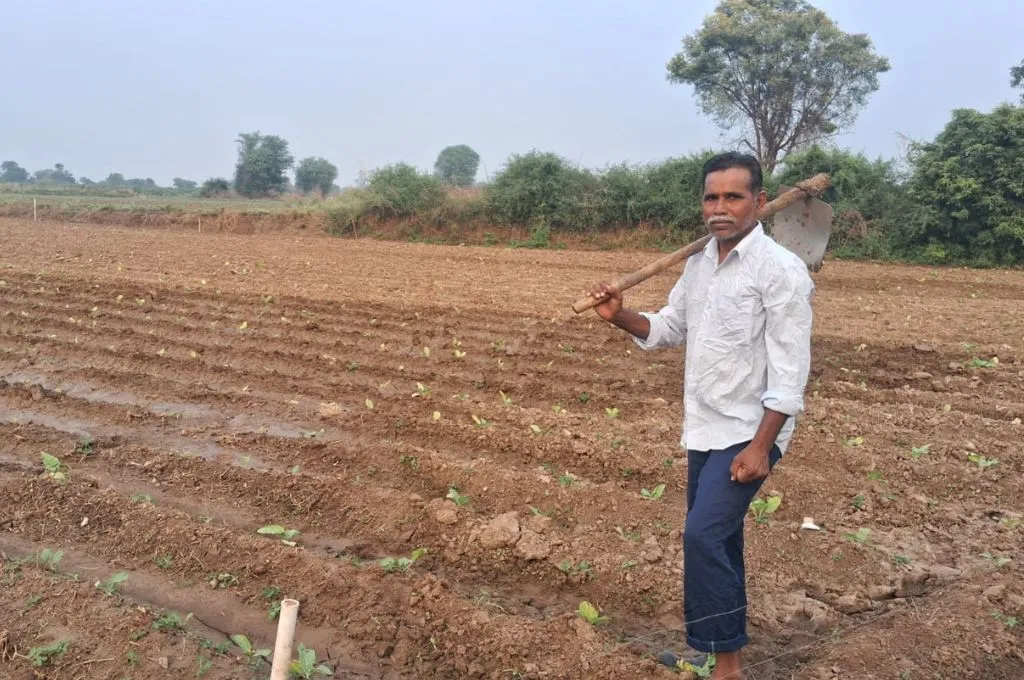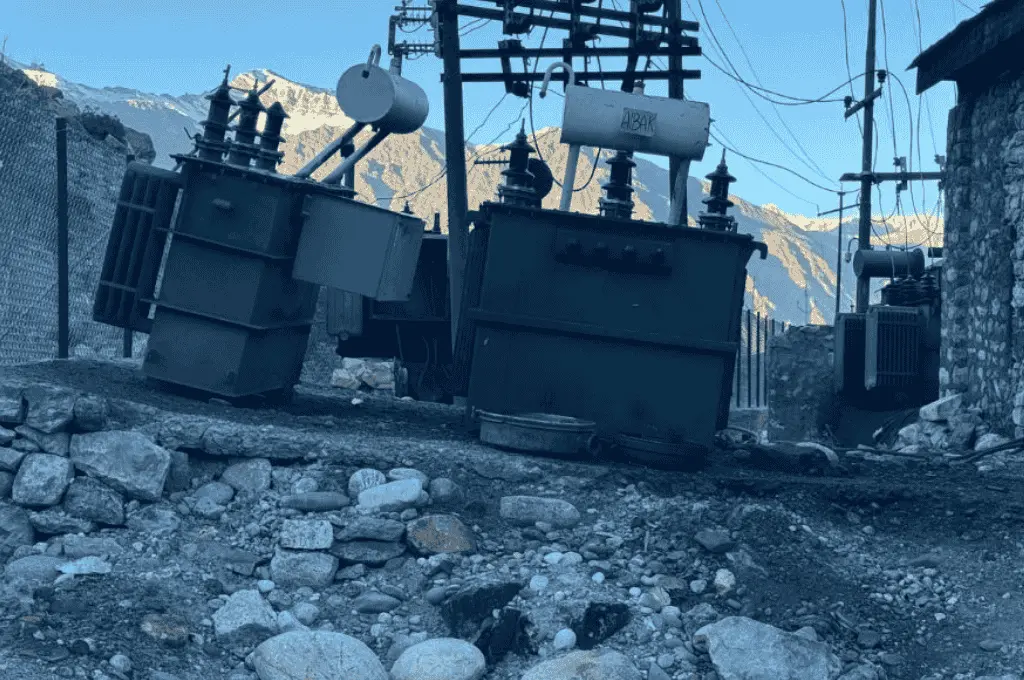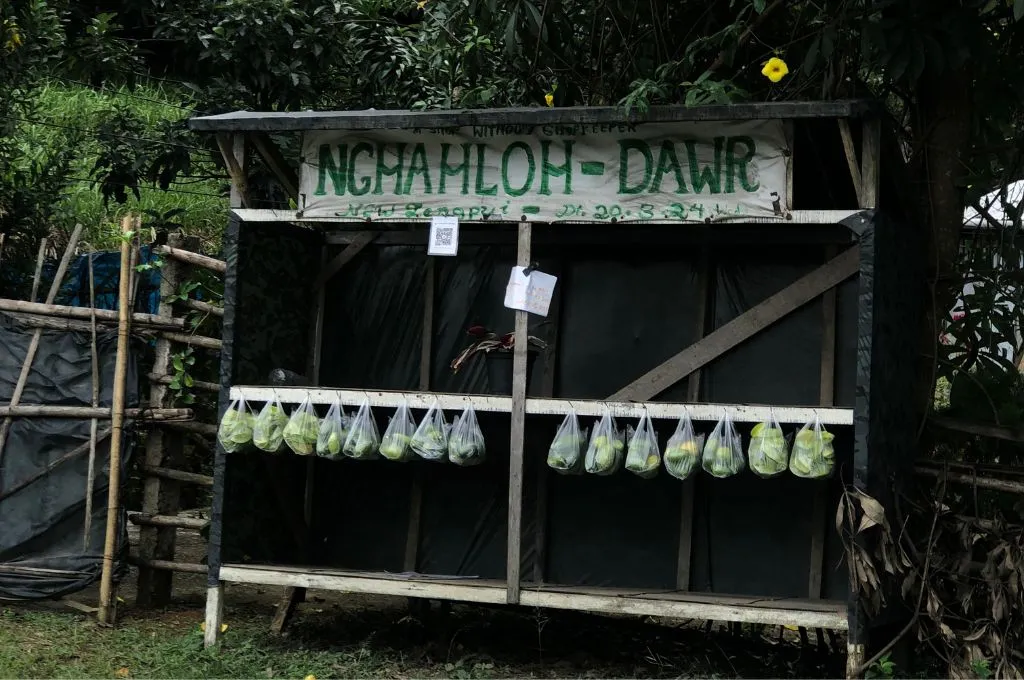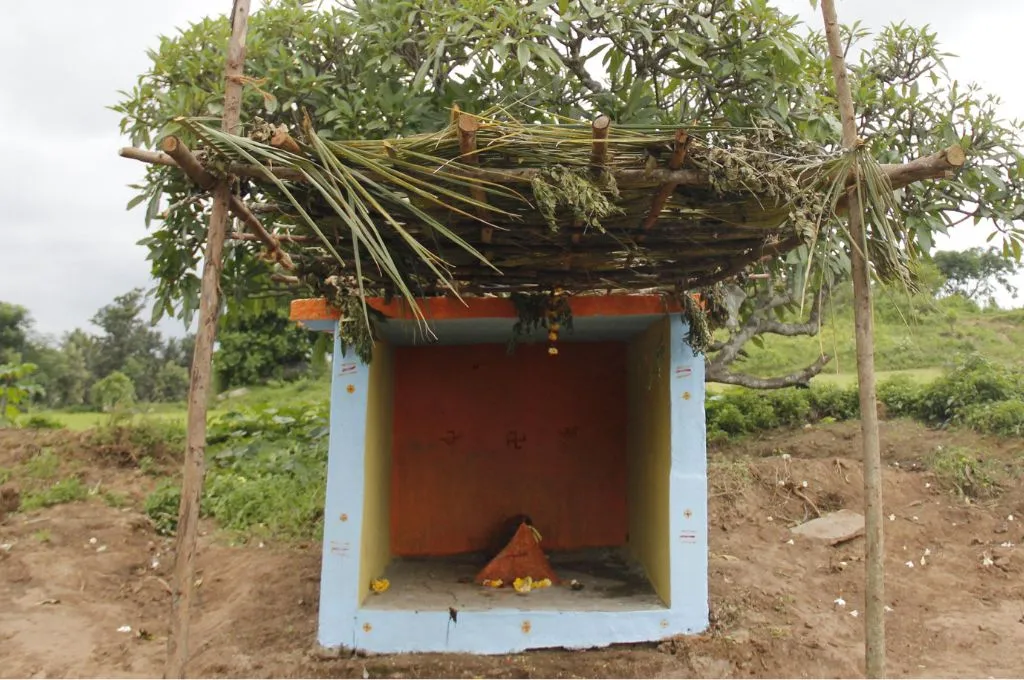READ THIS ARTICLE IN
Do it for the gram: How moong cultivation benefits Banswara’s farmers

Banswara district is located in the southern part of Rajasthan and shares borders with Gujarat and Madhya Pradesh. It receives only a month or two of rainfall annually. The water that accumulates in ponds thus serves as a key resource for the region’s farmers. However, the Tropic of Cancer passes through Banswara district, which means the area remains warm for most of the year. As a result, rainwater evaporates from these sources almost as quickly as it gets collected. This issue has only worsened due to the rising heat year after year.
Given these circumstances, farming has always been a challenging endeavour for local farmers, who are primarily Adivasis belonging to the Bheel tribe. People often migrate to the neighbouring states in order to earn a livelihood through manual labour during the pre-monsoon period—between the harvest of rabi crops and the sowing of kharif crops (March to June/July).
Recently, however, the farmers of Kherda—a village situated on the banks of a pond—and other surrounding villages began growing moong (green gram) during this pre-monsoon period. Although moong is a kharif crop, it can be sown in the summer as well. It needs very little water to grow, sustaining itself on what’s left in the pond and the moisture in the soil. In fact, moong helps the soil retain the moisture that would have escaped if the land was left uncultivated during this period. Moreover, it is ready to be harvested by the time the kharif crops are to be sown, so it does not affect the regular crop cycle.
The farmers are also able to sell moong for a higher value as its supply is relatively scarce during this period. So, cultivating moong now supports the farmers financially during this traditionally lean period. It has effectively ended migration by providing households with a stable source of income. The revenue generated has also helped them preserve a long-standing cultural tradition, known as notra. As part of this tradition, households come together to provide funds for the expenses related to important occasions such as births and weddings. Since the pre-monsoon season is considered auspicious, most weddings in the village would coincide with this period of financial insecurity. As a result, households would often find it challenging to contribute to notra, and this would lead to them seeking monetary aid from moneylenders. Now, however, the villagers do not feel as burdened by their obligation to contribute.
Cultivating moong also improves the health of the kharif crops owing to its nitrogen-fixing capability, which fertilises the soil as opposed to draining it of its nutrients. The moong leaves serve as fodder for the local cattle during this period.
In this way, moong is not only making the land fertile for the crops that succeed it, but is also contributing to the conservation of water and biodiversity in an ecosystem that has been severely impacted by climate change. The cooperation and technical knowledge related to moong cultivation provided by Vaagdhara have enabled a growing number of families—from 200 in 2020 to 20,000 in 2024—to take this on every year.
As told to IDR.
Anita Damor works as a community leader at Vaagdhara. Sohan Nath Jogi works on water conservation and community programmes at Vaagdhara.
—
Know more: Read this article to learn about the impact of climate change on Tharu Adivasi farmers.
Do more: Connect with the author at sjogi@vaagdhara.org to learn more about and support his work.



